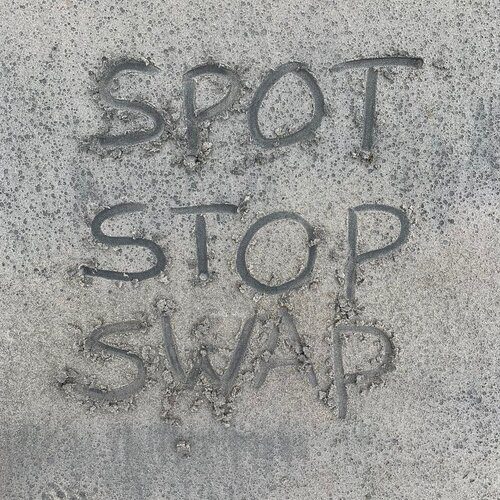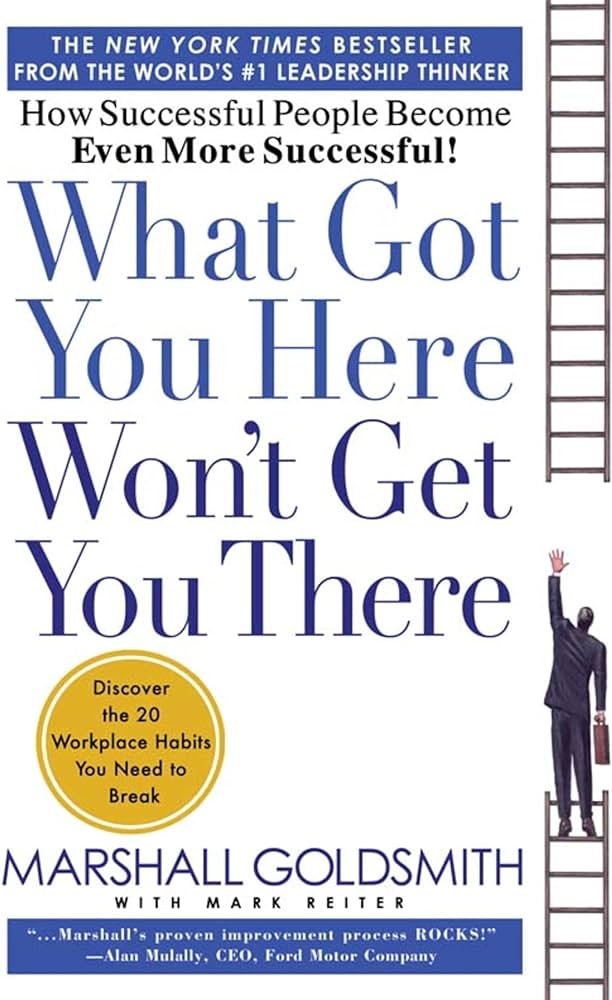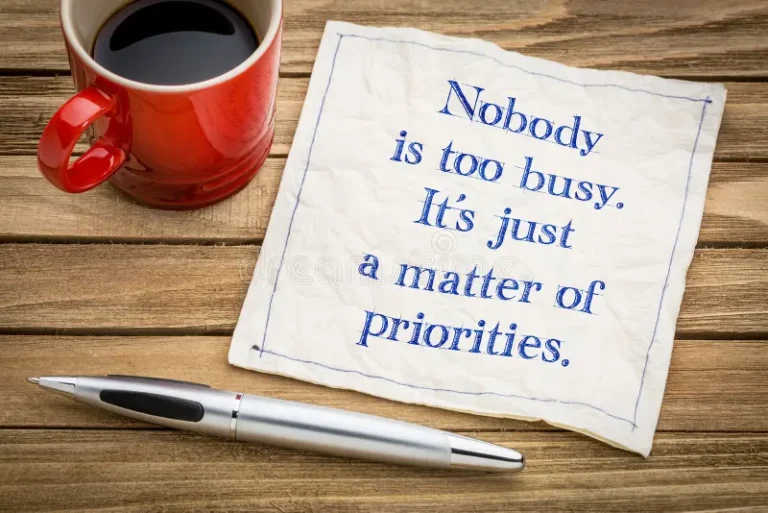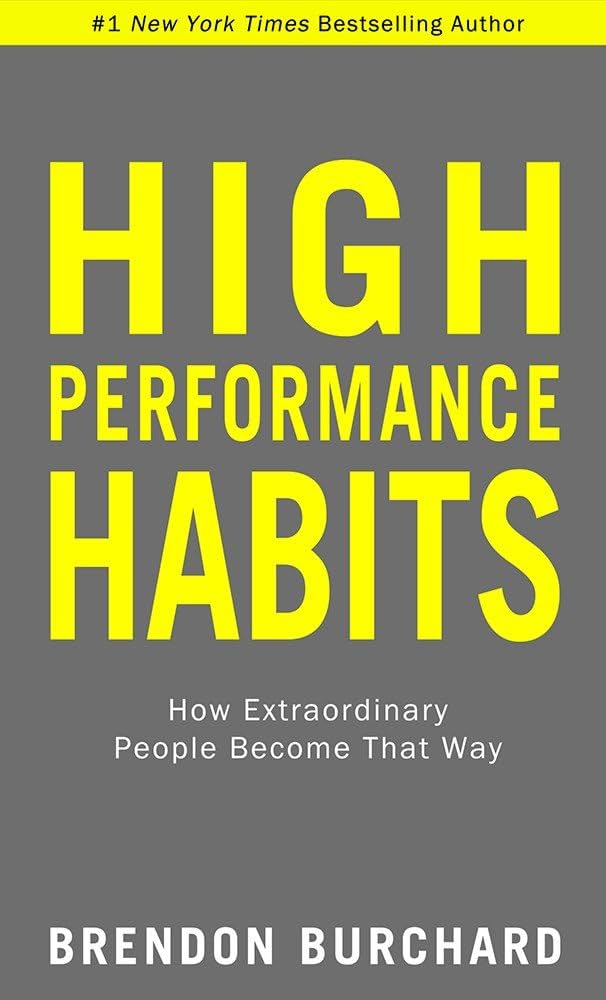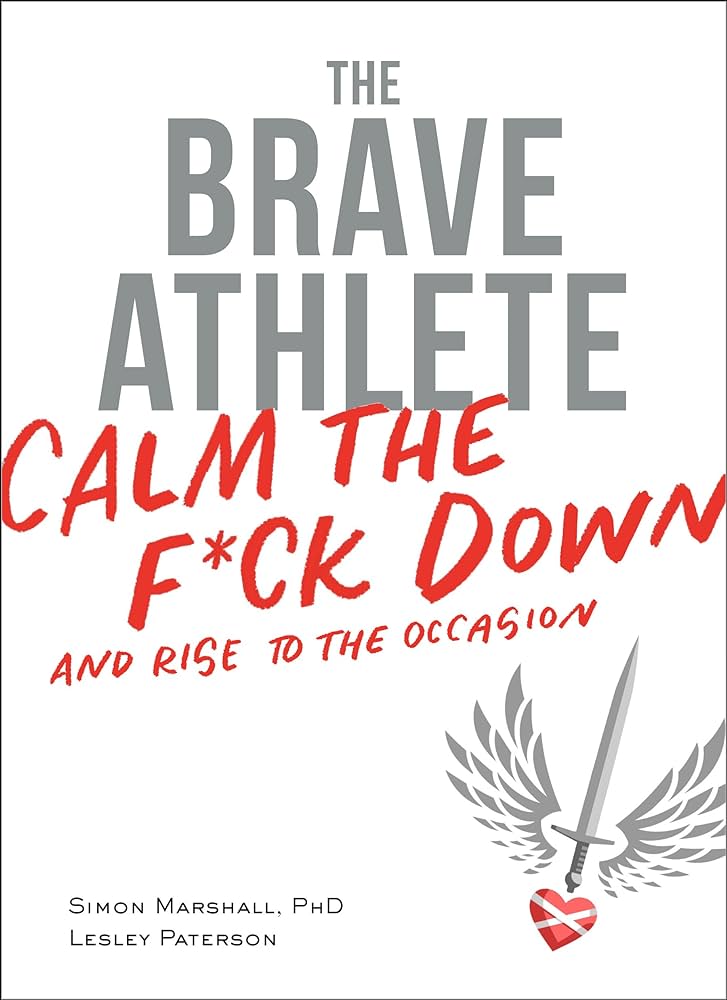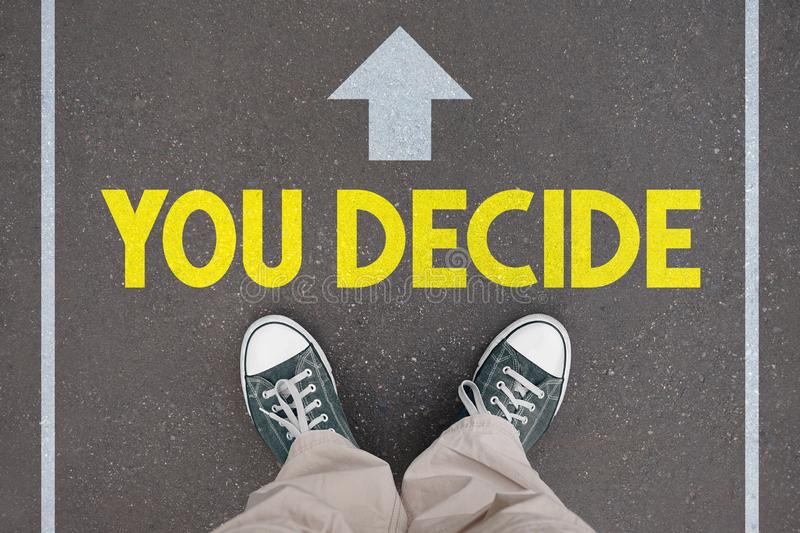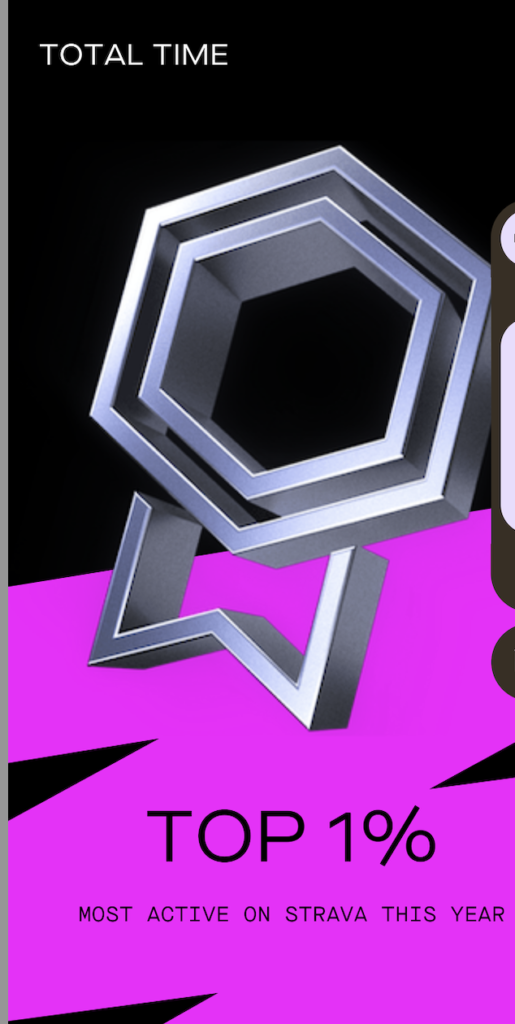Self-disclosure is a process of communication by which one person reveals information about themselves to another. The information can be descriptive or evaluative, and can include thoughts, feelings, aspirations, goals, failures, successes, fears, and dreams, as well as one’s likes, dislikes, and favorites. 1. One key pattern associated with the development of a close relationship among peers is sustained, escalating, reciprocal, personalistic self-disclosure (Arthur Aron et al 1987). 2 There is a very thin line with the appropriate self-disclosure needed at the beginning of nurturing an intimate relationship and oversharing.
I am very passionate about most things I am engaged in, which always gives me joy to want to share. I always want to share what I am learning, strategies that are working for me, like my fitness regimen, meditation practice, self-discipline identity, books I am reading and goals I am trying to achieve. After reading up and connecting some dots from personal experience, I have concluded that I need to reduce this tendency to overshare or become vulnerable with people who have not earned that trust or reciprocated that vulnerability. When I share some of these so-called insights of mine or goals achieved, like running multiple marathons a year or reading 100 books a year, I usually feel that my intentions are not understood. I am beginning to feel that most people might feel I am bragging or think I am claiming moral righteousness when I say I don’t use social media anymore.

